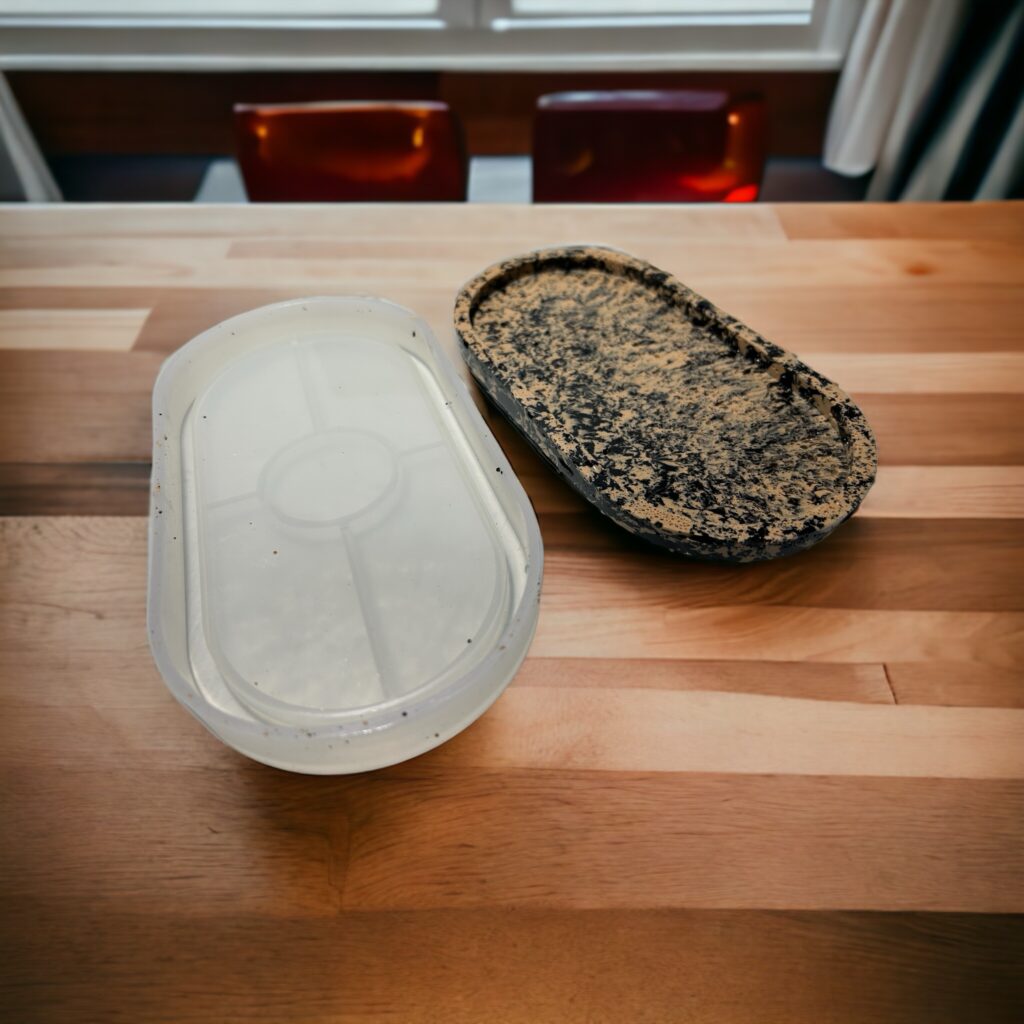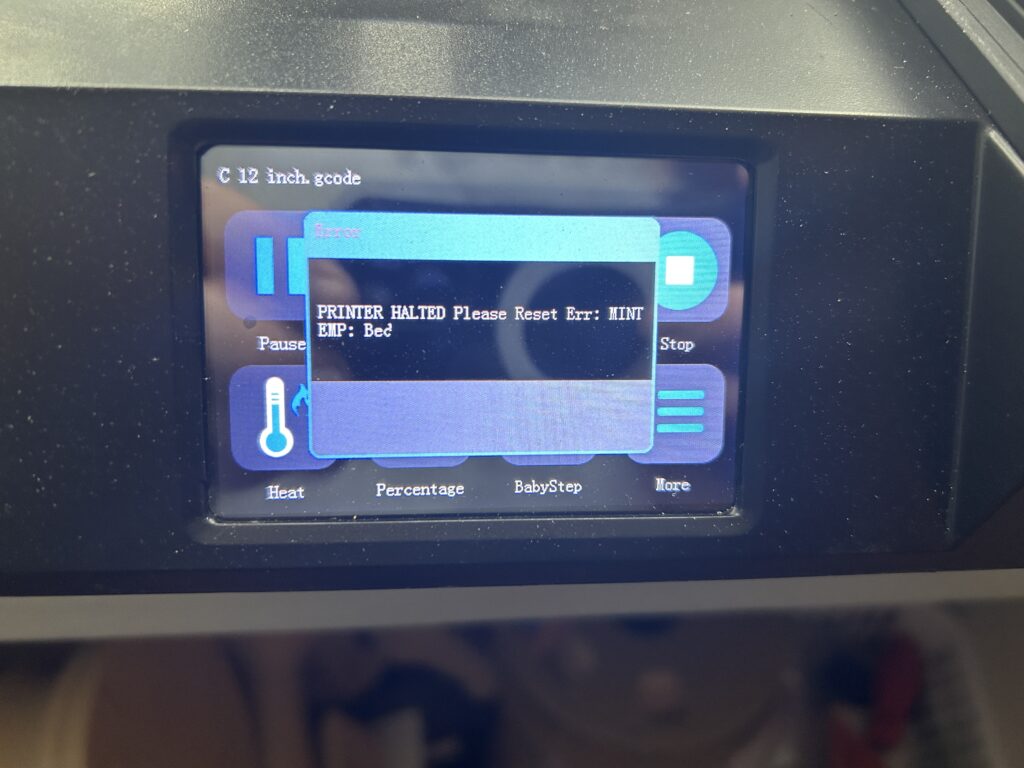
In the tech world, innovation isn’t just about creating new gadgets and gizmos; it’s also about finding sustainable solutions to tech waste. A groundbreaking DIY tutorial on YouTube is leading the charge by showing tech enthusiasts how to repurpose failed 3D prints and excess PLA filament. This project is more than a clever trick; it’s a testament to the tech community’s commitment to sustainability and responsible waste management.
Tackling Tech Waste with DIY Ingenuity
Transforming 3D Print Waste into Resource
The process is ingeniously simple yet impactful. It starts with shredding failed 3D prints and excess filament using an ordinary household blender. The shredded plastic is then melted and molded into new, useful items using silicone molds. This approach not only addresses the issue of PLA waste in 3D printing but also promotes a circular economy in the tech world.
Essential Tools: Silicone Molds
Silicone molds are key to this recycling project. They are versatile, durable, and perfect for various tech-related DIY projects. For those interested in this sustainable endeavor, the same silicone mold used in the tutorial can be purchased here: Get Your Silicone Mold on Amazon. These molds are ideal for tech enthusiasts looking to experiment with recycled materials.
A Step-by-Step Approach to Sustainable Tech
Easy-to-Follow Recycling Process
- Shredding the Plastic: Use a blender to break down your failed 3D prints and excess filament into smaller pieces.
- Melting and Molding: Melt the shredded plastic and pour it into the silicone mold to create a variety of new tech gadgets or components.
Why This Matters in the Tech Community
Promoting Sustainable Practices
- Reducing Environmental Impact: This DIY project is a practical solution to the growing concern of plastic waste in the tech industry, particularly from 3D printing.
- Encouraging Innovation: It challenges tech enthusiasts to think creatively about waste and demonstrates how technological know-how can be applied to environmental sustainability.
- Cost-Effective Solutions: This method provides an economical way to repurpose materials that would otherwise be discarded, showcasing the potential for cost savings in tech production.
This DIY recycling project is a shining example of how the tech community can lead the way in environmental sustainability. By turning 3D print waste into valuable new creations, we’re not just reducing our ecological footprint; we’re also opening up new avenues for innovation and creativity. For those ready to dive into this sustainable tech project, remember to check out the silicone mold available on Amazon: Start Your Tech Recycling Project, and join the movement towards a more sustainable future in technology.
How Effective Is This Method in Reducing 3D Print Waste?
Answer: This method is highly effective in reducing 3D print waste. By repurposing failed prints and excess filament, you significantly decrease the amount of plastic waste, contributing to a more sustainable approach in 3D printing and tech practices.
What Types of Items Can Be Created with the Recycled Material?
Answer: The possibilities are vast, depending on the size and shape of the silicone molds you use. You can create anything from simple household items to more complex tech components, decorative pieces, or even tools and gadgets.
Is the Process of Melting PLA Filament Safe?
Answer: Yes, with proper precautions. Ensure you’re melting PLA in a well-ventilated area and at the correct temperature to avoid harmful fumes. Always follow safety guidelines when handling heated materials.
Can This Method Be Applied to Other Types of 3D Printing Materials?
Answer: While this tutorial specifically addresses PLA filament, the concept can be adapted for other types of 3D printing materials. However, each material has different properties and melting points, so adjustments to the process may be necessary.
Do I Need Any Special Equipment Besides a Blender and Silicone Mold?
Answer: The primary requirements are a blender strong enough to shred the plastic and a silicone mold. Depending on what you’re making, you might need additional tools for the melting and molding process, like a heat source and protective gear.
How Can I Ensure the Quality of the Recycled Items?
Answer: Quality largely depends on how finely the plastic is shredded and the evenness of melting. Experimenting with different techniques and temperatures can help you find the best method for the materials you’re using.
Where Can I Learn More About Sustainable Practices in Tech?
Answer: For more insights into sustainable practices in the tech world, including innovative DIY projects and eco-friendly solutions, visit Get Your Silicone Mold on Amazon and explore a range of resources and tutorials.
As an Amazon Associate we earn from qualifying purchases through some links in our articles.




